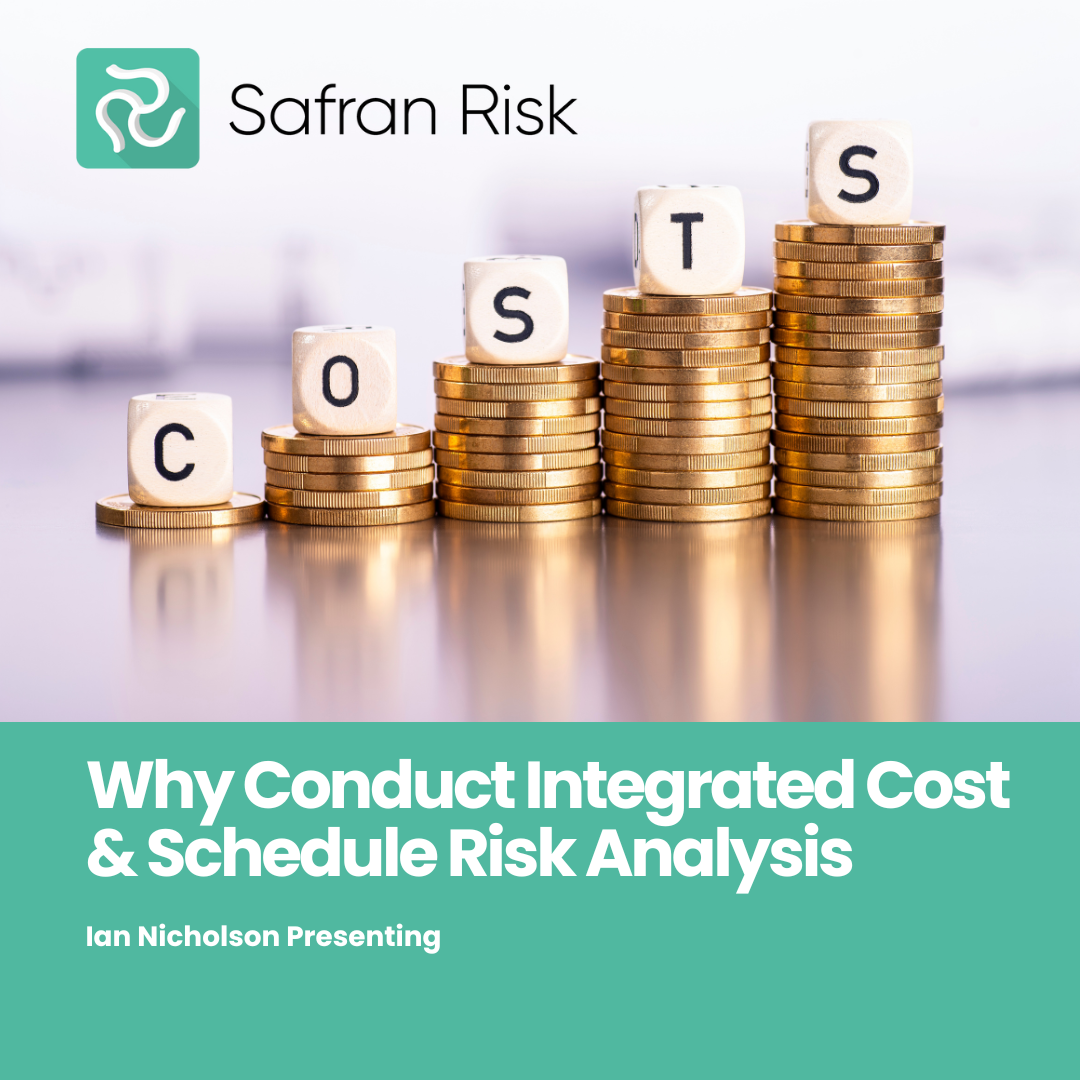
Watch the AACE Session Recording
Conference Expo: Why Conduct Integrated Cost & Schedule Risk Analysis?
- Presentation Focus: Why Conduct Integrated Cost & Schedule Risk Analysis?
- RP 57R-09 Overview: Details steps for conducting an integrated cost and schedule risk analysis.
- Challenges of developing cost-loaded schedules.
- Benefits of the combined model approach.
- Results obtained from using this approach.
Cost-Loaded Schedule Challenges:
- Time-consuming for those used to resource-loaded schedules.
- Requires adding activities and constraints for time-independent costs.
- Compromises schedule integrity.
- Changes necessitate extensive rework and reconciliation.
Proposed Practical Approach:
- Develop a risk model with linked cost and schedule modules.
- Link time-dependent costs (e.g., labor, rented equipment) to driving activities.
- Model time-independent costs (e.g., materials, placed equipment) separately.
Advantages of Combined Model Approach:
- Concurrent modeling of cost and schedule.
- Allows analysis of Joint Confidence Level (JCL) without a cost-loaded schedule.
- Speeds up model development and analysis.
- Enables independent or joint completion and analysis of cost and schedule models.
- Facilitates calculation of schedule impact on cost.
🤝 This session occured at the JUNE 2024 AACE Conference Expon in the USA, featuring Ian Nicholson from Emerald Associates.